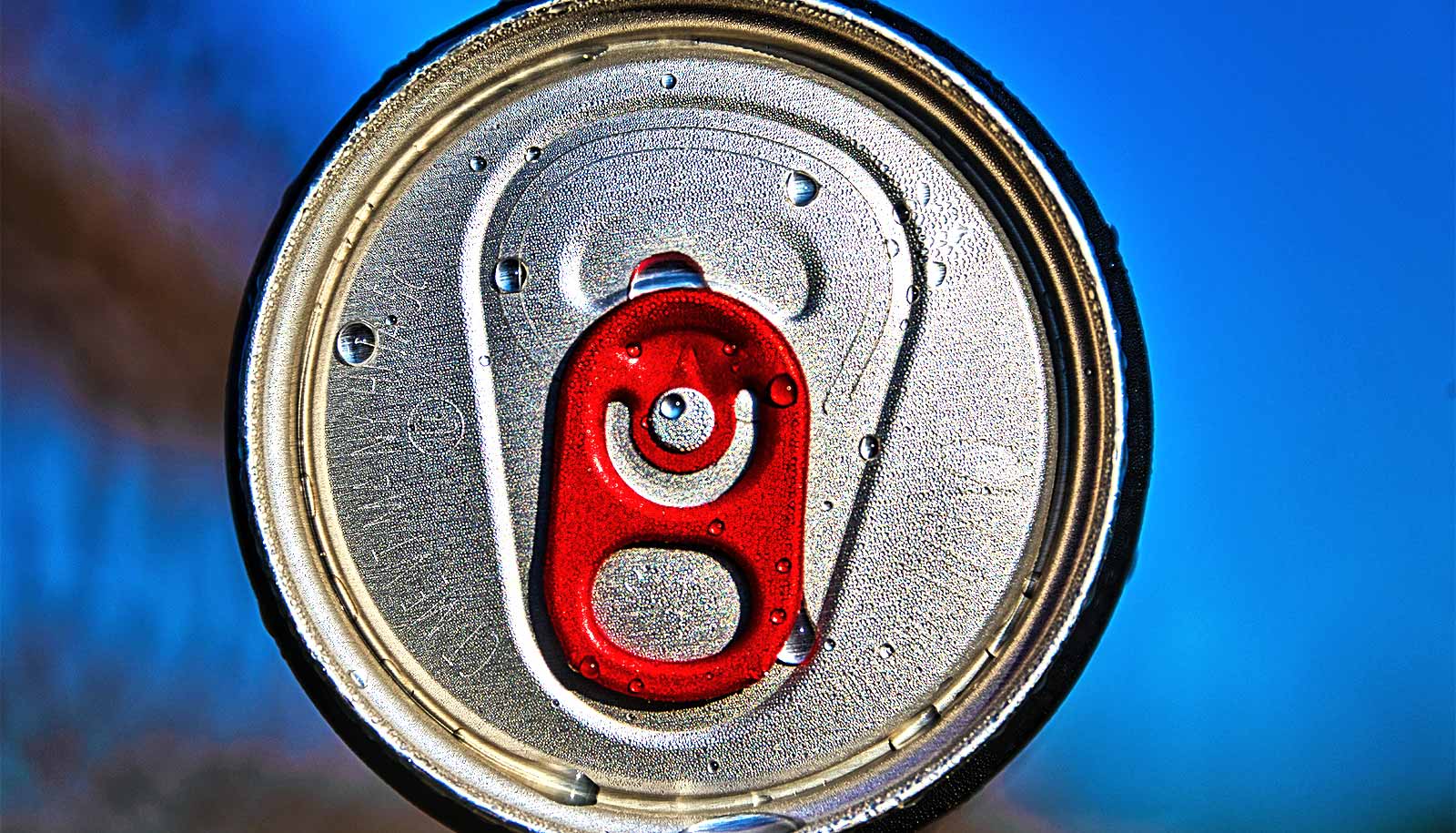Warning labels on sugar-sweetened beverages and menu labeling requirements for chain restaurants could offer a cost-effective way to prevent weight gain and reduce medical expenses, but the impact is expected to fade over time, a new study shows.
“Accurate, readily accessible, and easy-to-understand nutrition labeling is a promising policy strategy to address poor diet quality and prevent obesity,” says lead author Ruopeng An, associate professor at Washington University in St. Louis.
“Our policy simulation shows that SSB [sugar-sweetened beverages] warning labels and the FDA’s menu labeling law could discourage overconsumption, prevent obesity, and save medical costs down the road,” An says.
About half of American adults drink sugar-sweetened beverages (SSBs) on a given day, with an average consumption of 145 calories from SSBs daily. During the past decade, various types of warning labels have been developed and tested that aimed to inform consumers about the health impact or nutritional implications of SSB consumption.
Some SSB warning labels conveyed messages in text form, some adopted symbols or graphics, and others used a combination of different means to communicate with consumers. However, to date, no law mandating SSB warning labels has been implemented in the United States.
American adults consume a third of daily calories away from home. The Affordable Care Act required chain restaurants with 20 or more locations in the US to offer calorie and other nutrition information for menu items. The FDA finalized the regulations, known as the menu labeling law or calorie count law, and they took effect in 2018.
For the study, published in the Journal of the Academy of Nutrition and Dietetics, An and coauthors used microsimulation modeling to estimate the effects of nationwide implementation of SSB warning labels and menu labeling regulations on daily energy intake, body weight, BMI, and health-care expenditures.
Microsimulation is a systems science approach that examines behaviors and outcomes resulting from interactions among multiple system components over time.
“The reduced per capita health-care expenditures translate into an annual total health-care cost savings of $720 million for SSB warning labels and $1.11 billion for the menu labeling regulations over a 10-year period,” An says. “However, both policy effects tend to diminish after the first two years of implementation.
“The diminishing returns of the policies should not be surprising, as weight loss and energy restriction interventions often result in a number of metabolic adaptations, such as decreasing energy expenditure, improving metabolic efficiency, and increasing cues for energy intake, which compromise the intervention effect,” An says.
In addition, the study found larger policy effects in men, Black people, and younger adults.
“The differential effects reflect the fact that they on average consumed more calories from SSB and chain restaurant food, so if the policy effects are proportional to people’s daily energy consumption, the reduction in caloric intake would be larger,” An says.

